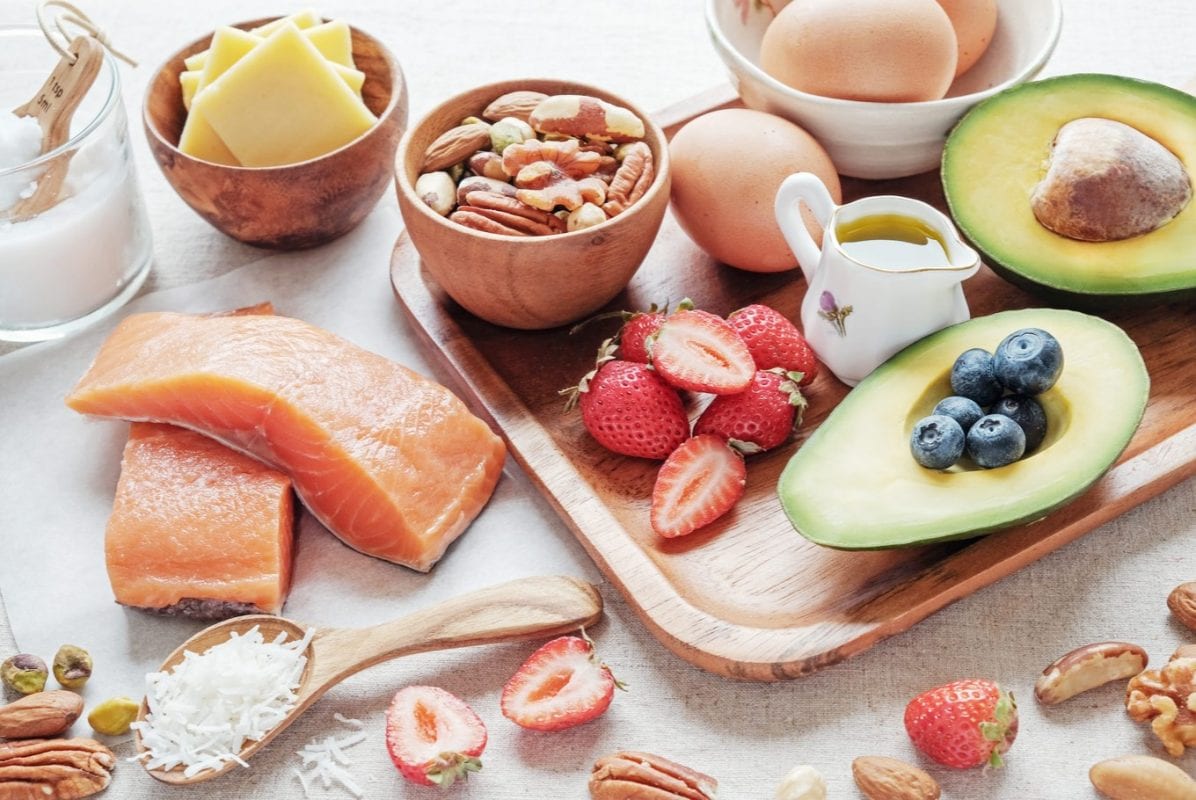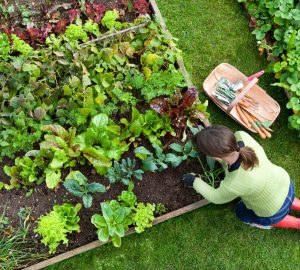The ketogenic diet, also called keto, is a low-carb eating plan where you are supposed to restrict carbs to a meager 20-50g a day. But how exactly do you keep your carb intake this low? Well, one way is by keeping track of just how much of this macronutrient you’re eating.
There are many different ways to keep track of your exact carbohydrate intake. And while this may seem like too much work at first, know that macros tracking is not something you have to do forever. But if you’re a keto diet beginner, then it’s best to rely on the following tips and advice to help you keep an eye on your carb intake.
1. Stick to Homemade
It’s harder to know what’s in your food when you’re not making it yourself. While eating out is definitely doable on a keto diet, it’s best you make most of your meals in your own kitchen for the time being. Besides, cooking keto-friendly food doesn’t have to be complicated or time-consuming. You can enjoy scrambled eggs, grilled cheese, baked chicken breasts, and guacamole when you’re just starting your keto journey and build on from there.
Other than making carb tracking easier, eating homemade meals lets you control your diet in many other ways: it allows you to control your portion size, your choice of food, and how much you’re spending on food. Studies also show that eating out is associated with making less good food choices. Of course, in order to do this, you’ll have to first stock up your fridge and pantry with keto-friendly products and research low-carb recipes.
2. Measure Your Portions
To eat within your carb limit, it’s also a good idea to measure your portions. All you really need is a food scale and access to a food database. If possible, get a digital scale to get the most accurate measurements possible and visit a reliable food nutrition resource such as USDA Food Composition Database. Once you have everything set, measure your food and check how many carbs it contains in the database. Accurate measuring may involve a little bit of math work, but nothing that’s too complicated.
Another benefit of measuring portions is that it can help you reduce your calorie intake. On a keto diet, calories still count if your goal is weight loss.It’s just that keto makes calorie restriction way easier because it curbs hunger and boosts thermogenesis. You don’t have to reduce your calories as much as you would on other diets but watching that you’re not eating too much can make a big difference.
3. Read the Labels
You may have done your research on keto-friendly and keto forbidden foods, but it’s still necessary to read labels when food shopping. The exact number of carbs and other nutrients varies from one product to the next. Take yogurt for example. Some brands will add cornstarch to make the product thicker, while fruit-flavored yogurts will also contain sugar or fructose. Reading labels will help you avoid products with ingredients you don’t need on your keto diet.
If you find that this is also too much work, know that you won’t be relying on packaged products as much on keto as you do on your standard diet. Keto is all about real foods like butter, bacon, eggs, fatty meats, fish, avocados, nuts, seeds, and olive oil. And after a while of being on a keto diet, you’ll likely have food staples that you’ll be fairly familiar with, so constant label checking won’t be a thing anymore.
4. Use Diet Apps
Diet apps like MyFitnessPal, Carb Manager, and Keto Diet App are essential tools when it comes to staying on track on a keto diet. These apps offer access to huge databases of foods and even whole meals, allowing you to input your own data and see how well you stand on your macros limit. Besides that, you get graphs, reports, advice, progress tracking, and even community support.
The main reason diet apps are so useful is that they take a lot of guesswork out of dieting. And since most of us have our phones by our sides daily, keeping track with dieting apps makes perfect sense. If you want to find out what some of the best keto diet apps there are for you to download, check out this top 5 list by Kiss My Keto.
5. Create a Recipe Book
To make your keto lifestyle easier, create a database with your favorite keto recipes with macros included. You can do this the old-fashioned way with a pen and paper or use recipe APIs. Good examples are Food API and Spoonacular, which can find recipes, save them, covert ingredients, get nutritional info for the recipes, and more.
By having your favorite recipes always on hand, you’ll know how many carbohydrates you have every time you make them. Like with other aspects of the keto diet, planning and organizing are key. And with the number of low-carb recipes growing every day, you won’t see a shortage of recipes to add to your personal database. Of course, you can also make your own and consider adding them to your recipe book.
Conclusion
Tracking carbs is probably the most important thing about going keto. If you don’t keep your carb intake low enough, you won’t enter ketosis or stay there. Luckily, carb tracking isn’t all that difficult. While it does involve lots of researching, organizing, and planning, most keto dieters find that carb tracking becomes their second nature with time.
Ways to stay on track with carbs on a keto diet include sticking to homemade meals, measuring portions, using diet apps, and more. If you’re worried all this extra work will take too much of your valuable time, don’t be. Carb tracking is only a temporary thing for most ketoers. With time, keto dieters find that they’re able to eat intuitively and make mental notes of how many carbs they’re eating. But if you’re a keto beginner, make sure to follow these 5 simple tips and you’ll stay on your carb track.








